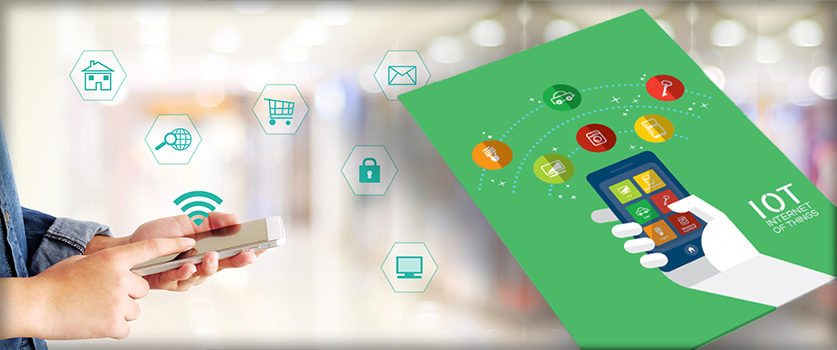Benefits and forces driving IoT

Can you think of a world in which every device in a home, office, and car are connected to each other? The world where the door automatically open when the lights of the car fall on it, or coffee starts brewing after listening to the morning alarm, or your door opens automatically when your family member arrives and get locked when a stranger arrives at the front door. This is the world which IoT is planning to create for us. The current state of the Internet of Things is very fragmented.
The Internet of Things (IoT) has already arrived and it’s here to stay with its ambiguous network of RFID tags, machines, appliances, smartphones, buildings, and many other devices with embedded technology that can be accessed over the Internet.The Internet Of Things (IoT) is a network of products connected to the Internet and is used every day to upload images, search Google, and connect with friends. It’s basically a concept involving the seamless, all-encompassing and ubiquitous network of devices designed with the goal to facilitate smart coordination between the devices themselves as well as between the devices and human users. The number of devices connected to the IoT network will be huge in several ways. The quantity of data being collected and used by IoT is very vast.
Some major benefits of IoT are:
• Tracking real-time marketing behaviour
• Enhanced situational awareness
• Sensor-driven decision analytics
• Process optimization
• Optimized resource consumption
• Instantaneous control and response in complex autonomous systems.
There are some major driving forces increasing the IoT development and deployment.
1. Ubiquitous networks
These networks include personal Wi-Fi on your mobile phone or any other devices.
2. Connected computing
Already there are many devices like phones, televisions, music players, vehicles, etc. which keep track of all our activities like what we are doing, viewing, reading, and listening, number of steps taken throughout the day and many more. The connections between the devices are already happening.
3. Ubiquitous sensors
It means the Internet of everything and anything with an easily acceptable revolution.
4. Analytics-as-a-Service
API and App that performs a network-based service is already very fast and is growing at a rapid pace. Through the versatility and the convenience of an App or API call, you can generate or collect data, makes predictions, and even takes data-driven actions in response to the data collected.
5. Marketing automation
Many mobile customer engagement programs are creating a network of database about customers’ locations, intentions, preferences, and the buying patterns. This database needs to assure the right balance between user privacy and the timely delivery of useful products and services to a specific user.
6. Supply Chain Analytics
IoT is continuously monitoring, watching, and waiting for a product which needs to arise. It assures just-in-time delivery of the products at the point of need.
7. Aging workforce
It has been estimated that there is a huge hiring gap in the manufacturing, which is leading towards more automation, robotics, M2M (Machine-to-Machine), machine log mining, 3D printing, predictive and prescriptive analytics in the machines doing the work for us.
Very few platforms are architect to handle IoT. Multiple big data platforms have started investigating about the data challenges, communication standards, analytics requirements, and technology responses that the Internet of Things will bring to operational analytics and the supply chain environments. The data challenges include high input rate, streaming data, many small files, and the need for fast micro-adjustments in the operational environment. Integration of everything like big data, cloud, billions of devices (IoT and M2M), and the network fabric is the biggest technology challenge faced by the organizations.

